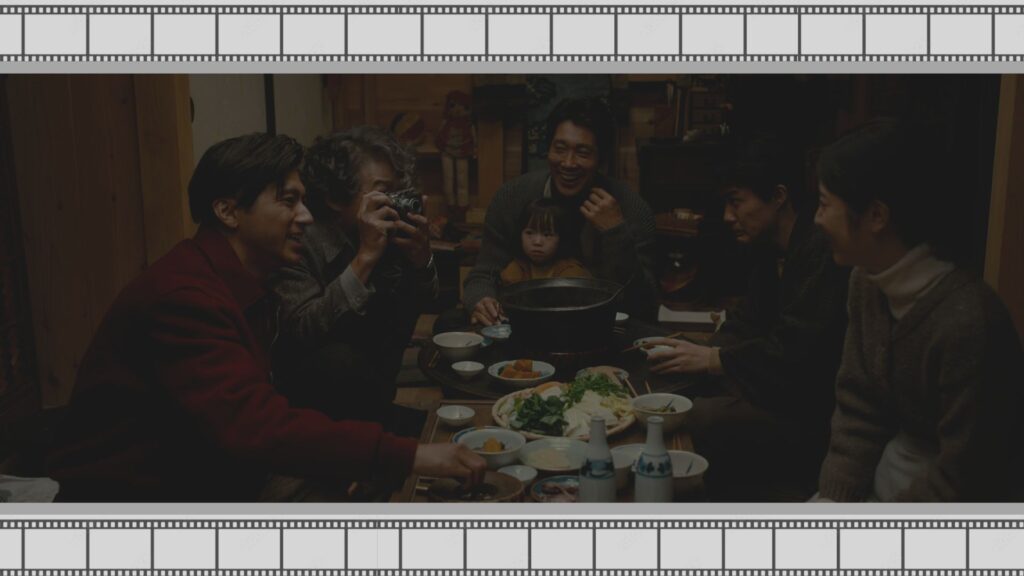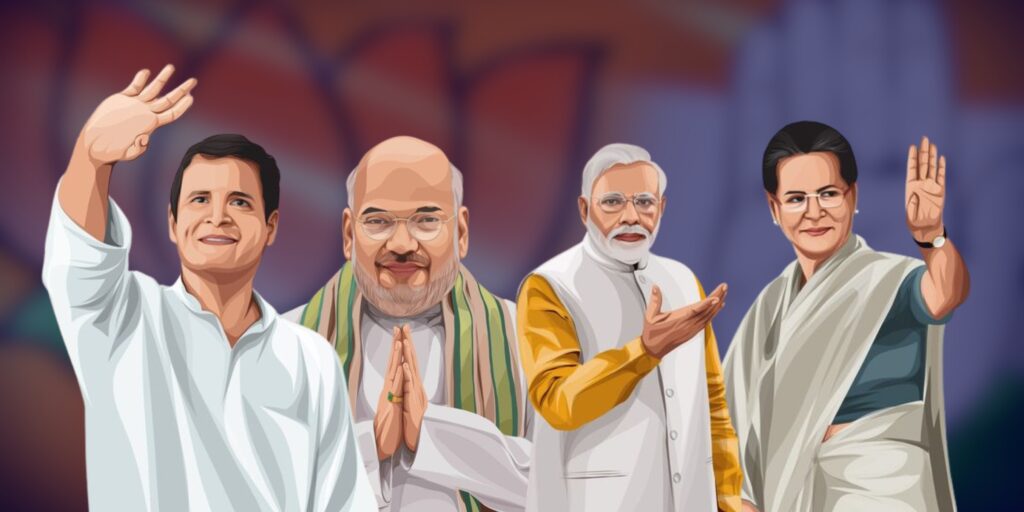Godzilla Minus One: The Godzilla Movie to End All Godzilla Movies

After almost 38 movies, the time has come to finally crown the best Godzilla movie, Godzilla Minus One. You might have not heard the name Godzilla if you had been living under a rock… or probably underwater. It’s a Godzilla joke. (Or a Spongebob joke if you’re not familiar with the King of Monsters.) This isn’t just another Kaiju throwdown, though. The movie has an Oscar acclamation, as it won the 2024 Oscar for Best Visual Effects. But that is not all; the writer and director of the film, Takashi Yamazaki, conveyed many human emotions through the movie. It portrays a desperate human struggle for a single beacon of hope in the face of overwhelming darkness.
How Godzilla Came To Be!
Godzilla, or more accurately, Gojira, is an amalgamation of two words: Gorilla and Kujira (Whale in Japanese). The production company Toho renamed the monster Godzilla for its American release, and it has been the same since then. But the creature does not forget its roots; since the giant world-destroying monster is Japanese, it bows after it destroys a building or its enemy. It’s a Japan joke, not a Godzilla joke.
However, this world-destroying monster was not always there in the world. It was the nuclear test waste in Japan that spawned Godzilla, a colossal creature that rose from the sea to threaten Japan. The only hope of stopping it is the oxygen destroyer, a weapon as deadly and as morally troubling as the atomic bombs that created the monster. This had been the premise of the Japanese movies before the Americans made it about monsters that go rawrr!

This reptile-shaped leviathan was a clear embodiment of Japanese fears about nuclear weapons in the wake of the atomic bombings of Hiroshima and Nagasaki. All the other iterations after the original few have not dealt with it.
So why is Godzilla Minus One the best Godzilla movie of all time, or is that just Christopher Nolan’s opinion and mine too?
Godzilla Minus One takes us to a time just after the Second World War and just before the original Godzilla 1954. All the hope is lost, the world is in shambles, and there’s basically no government and no one to lead; there is nothingness all around. The people are rebuilding what has remained of post-war Japan. Japan is at ground zero. Then a monster appears out of nowhere and takes it back further. That’s why writer/director Takashi Yamazaki calls it Minus One – less than zero.
This Oscar-winning movie is not about the monster, though. Unlike most of the Hollywood iterations, the monster is not the lead character. It’s Koichi Shikishima (played to perfection by a really sad-looking Ryunosuke Kamiki), his found family consisting of Noriko Oishi (Minami Hamabe) and a little girl Akiko (Sae Nagatani). The film features a cast of brilliant actors, including Yuki Yamada, Munetaka Aoki, and Hidetaka Yoshioka, playing fellow war veterans. Almost every character is given an arc, no matter how small their screen presence is, including Godzilla. His arc is mostly causing catastrophic damage, but it’s very satisfying.

Koichi Shikishima is a Kamikaze fighter pilot who abandons his mission by flying to a nearby island. It’s the place where we see our megamillion-dollar supporting star, Godzilla. It destroys everything and kills almost everyone, giving Shikishima PTSD. The war and his failure to act against the giant monster torment Shikishima. Almost every character in the movie blames him for being a coward. The rest of the film is about him finding the courage to face his demons and a literal one. His failure mocks him and keeps him awake at night. He has lost everything. You just want the poor man to get a win, just once, even though it seems impossible.
What’s different about Godzilla Minus One is that it doesn’t want to be a movie about a world-destroying monster. Takashi Yamazaki wrote it as a statement against the government. But it’s not just about that. It’s about patriotism. But it doesn’t have a jingoistic approach to nationalism. It’s about redemption, courage, and hope after everything is lost. At its heart, this is a story about the strength of community and the resilience of the human spirit. The biggest feat of the movie is making the viewers empathize with the characters. You’d care more about seeing people than seeing the monster. It’s about people. And the best selling point is that it has an awesome world-destroying monster.
Although it’s a bit sad that a movie needs a monster as a metaphor for people to find it interesting. As it is, people are so used to over-the-top extravaganza that it’d go completely unnoticed if it didn’t have a giant fire-breathing lizard.
For the most part, though, it remains a story about people. It’d work just fine if Godzilla were not part of the story, but putting it back in the context of post-World War II Japan works so well; it takes this defanged cartoon character and restores him to his original glory as a terrifying metaphor for atomic horror and war’s lingering psychological trauma.

Godzilla Minus One is a visual treat. The world looks beautiful, and the set designs are era-appropriate and pretty to look at. Unlike most monster movies, most of the Godzilla shots are taken during the daytime. You can see Godzilla, and the action scenes are well-shot. It makes you feel as if Godzilla were a real thing. Writer/director Takashi Yamazaki has also handled the VFX on this film, and it isn’t about making things appear larger than life but more realistic. If it weren’t for its 50 metres of height, you’d actually believe that Godzilla was real.
Despite a modest budget of 15 million dollars, the movie boasts astonishing visuals created by a team of just 35 VFX artists. In comparison, Godzilla 1998 (the one where Godzilla turns out to be a mom) was made on a budget of approximately 130–150 million dollars. Even though Godzilla 1998 was made on this extreme (seeing how it turned out) budget, most of the Godzilla shots were either night shots or in the rain. Whereas Godzilla Minus One flipped the table by showing us the beautiful monster (I’d have fallen in love had it not been for the destructive nuclear power) in broad daylight. With just 15 million dollars. So Hollywood could’ve made Godzilla Zero, Godzilla Plus One to Godzilla Plus Eight with the same money it spent on Godzilla 1998.

It’s a pity that Godzilla Minus One would be lost in the sea of anonymity had it not been for the Oscar win. It’d not be one of those Asian movies you’d talk about, like Oldboy or Parasite. You cannot even think of another Asian movie. Shame on you for that!
With or without an Academy Award, it’s the best Godzilla movie out there. It’s just as good as a war epic or a period drama. Despite being part of an ensemble of movies, it’s truly one of a kind. Godzilla Minus One has its strengths, and it’s not the monster but the people in the movie.
Conclusion
You should give Godzilla Minus One a shot if you want to feel things. One could argue that the film evokes a similar sense of displacement and longing that one might feel after a significant personal loss. You might end up crying. You might feel the warmth that has been missing since your ex left you. I miss you, Payal.
Anyway, you can catch all the action of this world-destroying monster on Netflix. Or you can watch SpongeBob SquarePants also streaming on Netflix because Ye Bhi Theek Hai.
Related Recommendation
If you want to watch something of a similar tone where emotions triumph and storytelling takes centre stage, then you may watch Genndy Tartakovsky’s Primal. It is an animated series about human connection, although with a dinosaur, badass action scenes, and definitely a better lizard mom than the one in Godzilla 1998.









